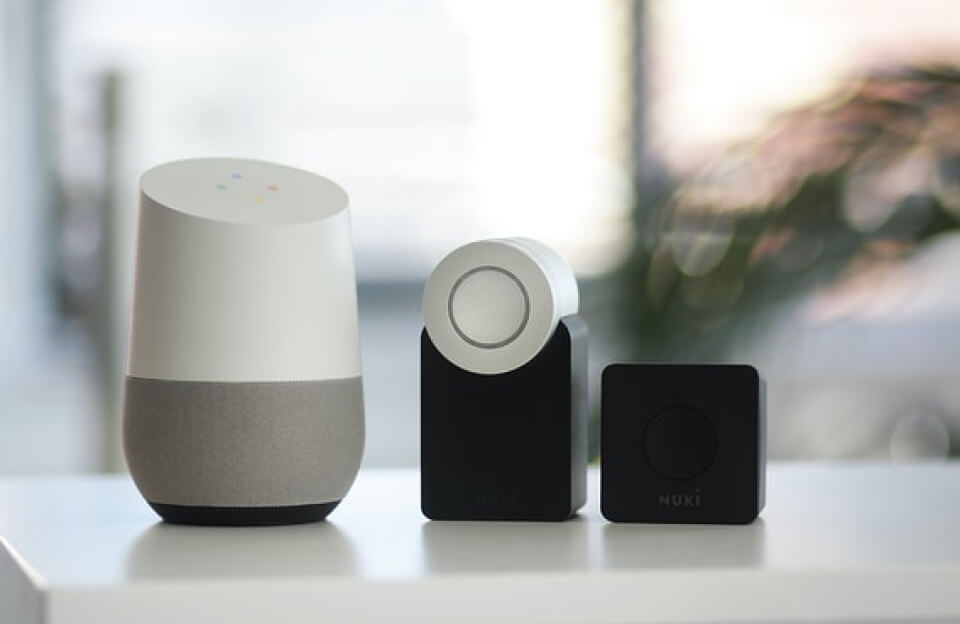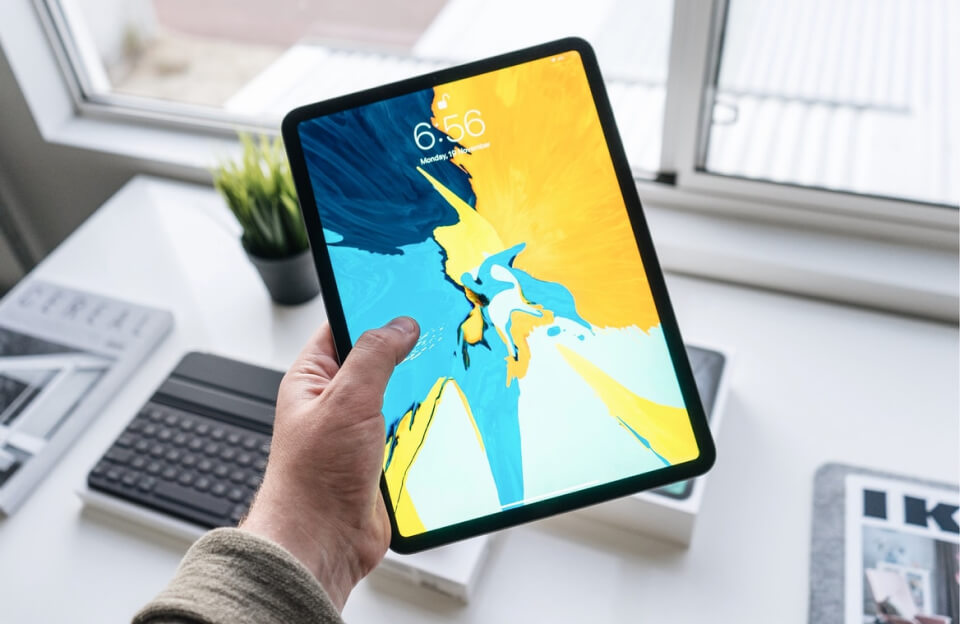IoT Is Connecting Dots and Filling the Blanks
But is the revolution reaching everyone—or just echoing in smart walls?
The Internet of Things sounds like a grand orchestra—devices humming in harmony, data flowing like melody. Your fridge tells your phone you’re low on milk, your car warms itself before you even grab the keys, and your lightbulbs dim with your mood. But somewhere between smart locks and smartwatches lies the question: Is IoT solving the common man’s needs—or just dancing to its own tune?
The Dream of the Digital Home
Imagine this. It’s 6:15 AM. Your curtain slides open softly, triggered by your sleep app reading your most optimal wake time. The coffee machine starts brewing as your smartwatch vibrates gently. By 6:25, the weather display on your bathroom mirror tells you to carry an umbrella and your hot water is ready just in time. That’s not science fiction—that’s smart living.
But here’s the truth: While this life exists in smart homes from Berlin to Bangalore, most homes still flip switches and boil kettles the old way. IoT is connecting dots, but the drawing isn’t finished. There are blank spaces, mostly where affordability, awareness, and access are missing.
Collected and Collaborated Intelligence
What makes IoT powerful isn’t just that devices talk. It’s that they listen, learn, and act. IoT only becomes intelligent when paired with AI. Imagine sensors in agricultural fields predicting pest infestations before they hit. Or city trash bins that signal when they’re full, saving fuel and manpower.
A farmer in Maharashtra once said in an interview,
“My phone told me when the soil was ready. It didn’t just help my crop—it helped my kids eat better that month.”
That’s IoT. Not flashing lights or robotic vacuums, but real-time need-based automation.
Systematic Connectivity: Still Loading
Despite the potential, the true IoT revolution is caught in lag. A smart bulb in a smart city doesn’t help a mechanic in a power-cut-prone town. Networks are fragmented. Devices don’t always speak the same language. Regulations vary. Security is shaky. And in many parts of the world, internet connectivity itself is a luxury.
But it’s not all gloom. Startups are rising from unlikely places—Uganda, Kerala, Mongolia—building micro-IoT systems for power grids, cattle tracking, and health monitoring. These aren’t luxury additions. They’re lifelines.
The Fictional Truth That May Not Stay Fiction
In a small village in Ethiopia, a young boy called Abebe codes a weather sensor from scrap parts and an old mobile. It connects to his father’s cattle shed and alerts the family to temperature changes at night. He’s 12. His project wins a school science fair. Two years later, it’s adopted across ten nearby farms.
That’s a story we may read soon. Because the gap between tech headlines and human need is closing. Not fast, not evenly—but definitely.
Home Turf, Redefined
The home will be digital—not in extravagance, but in empathy.
A mother who gets a health alert from her elderly father’s pacemaker.
A child’s asthma detected early because the air quality sensor whispered a warning.
A kitchen light that dims to match grandpa’s old eyes.
IoT won’t just connect devices. It will connect generations, cultures, and habits. It’ll redefine what we mean by home—not just four walls, but a thinking space.
So Where Are We Now?
IoT is connecting dots and filling blanks. But for many, the pencil hasn’t yet reached the paper.
We’re still scribbling on the edges.
We need devices that don’t just listen to each other, but to the people they serve.
And when that happens, the smart home won’t be a showroom product.
It’ll be your own living room.
Comfortable. Thoughtful. And truly connected.



